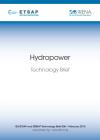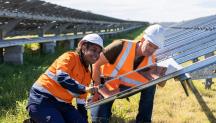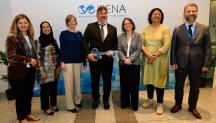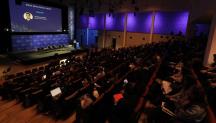

Hydropower
Newsletter
Hydropower has been used to generate electricity since late 19th century, and about 160 countries worldwide use the technology. Computer systems have led to significant improvements in many areas of the basic machinery for large hydropower projects, such as monitoring, diagnostics, protection and control. Unlike large plants, small-scale hydropower installations comprise a wide variety of designs, layouts, equipment and materials. State-of-the-art technologies, industry knowledge and design experience are essential in order to fully exploit local resources at competitive costs and without significant adverse environmental impact.
Water is a cost-effective electricity source. It offers high efficiency, operational flexibility and low operating and generation costs. However, large hydropower projects can encounter social opposition because of their impact on water availability, ecosystems and the environment, and the need to relocate populations that may be affected by the project. Major issues in large hydro development, therefore include public acceptance, along with high initial investment costs and long payback periods, long approval and construction cycles, and long lead times to obtain or renew concession rights and grid connections. Environmental protection is also a key issue that deserves consideration.
This IRENA/IEA-ETSAP Technology Brief provides technical background, analyses the potential and the barriers for market growth, and offers insights for policy makers on this key renewable energy technology.
Successive technology briefs have highlighted a wide range of renewable energy solutions. Each brief outlines technical aspects, costs, market potential and barriers, combined with insights for policy makers on how to accelerate the transition to renewables.




